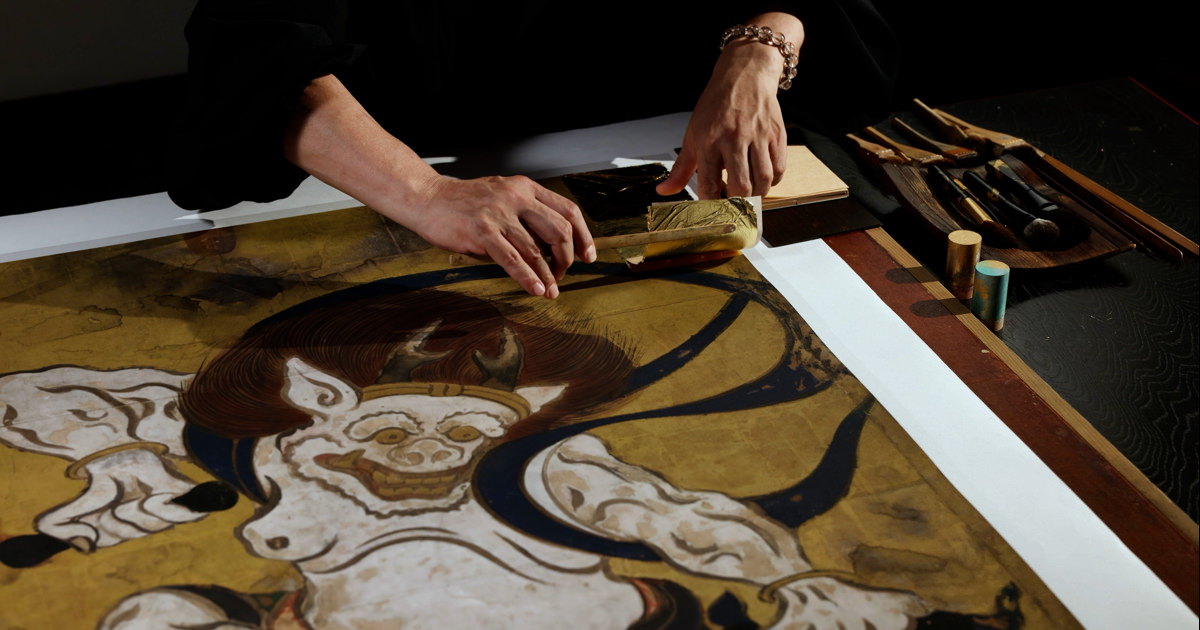These images are based on the high resolution facsimile produced by the Joint-research Project with CPCP. Unauthorized copying, duplication, or transfer of these images is strictly prohibited.
*This work was produced as Agency for Cultural Affairs “FY2021 Project for the Promotion of Regional Development of Cultural Resources with Local Ties (Cultural Resource Content Creation Project Using Advanced Technology)” as part of the Joint-research Project with CPCP.
Autumn and Winter Landscapes
High-resolution facsimiles
- Material
- printed on washi paper
- Period of creation
- The Joint-research Project with CPCP 2021
- Collection
- Agency for Cultural Affairs
Original
- Cultural property designation
- National Treasure
- Artist
- Sesshu
- Historical era
- Muromachi (late 15th–early 16th century)
- Material
- ink on washi paper
- Medium
- pair of hanging scrolls
- Size
- H47.7 × W30.2 cm each
- Collection
- Tokyo National Museum
Description
This masterpiece of landscape painting was drawn by Sesshu Toyo, a Zen priest and painter active during the Muromachi period, which started at the end of 14th century and continued through to the latter half of the 16th century. It was originally handed down through Manshu-in temple in Kyoto. Sesshu studied the painting styles of Shubun, Josetsu and several other Japanese masters. He also travelled to Ming dynasty China to study various contemporary modes of painting there. As a result, he developed a style imbued with a unique sense of composition and powerful brush strokes. His works had a major influence on Japanese landscape painting. The Autumn Landscape painting shows a path following a river up the scroll. In the distance we see a tall building. The motifs gather toward the bottom half of the painting, with the space in the upper section devoted to the expansive autumn sky. The center of the Winter Landscape, meanwhile, is dominated by a sheer cliff. The buildings seem quite small by comparison and this conveys a sense of the harsh desolation of winter. In both paintings, you can observe how the landscape gradually grows more distant as you follow the motifs up the scrolls. Sesshu has clearly delineated the positional relationships of each motifs. The paintings exude a cerebral sense of structure not observed in Sesshu‘s earlier landscape works.
— Cited from Colbase




